Your cart is currently empty!
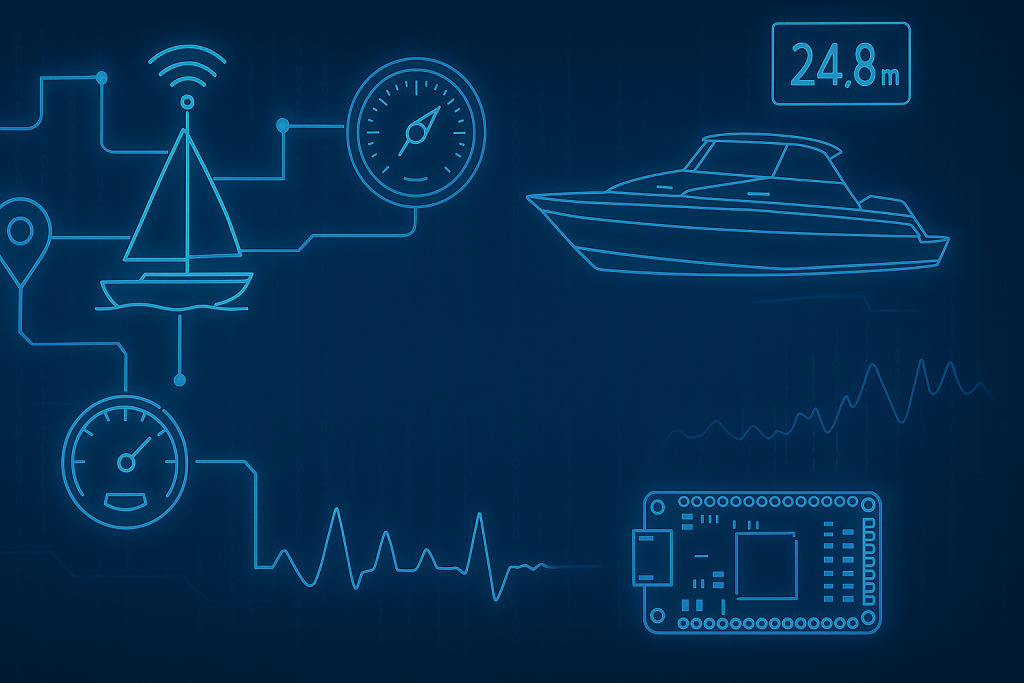

Both the Nauti-Control ST Wireless and N2K Wireless modules deliver the same powerful wireless functionality — running identical firmware but with different interface options. Each provides seamless integration with Raymarine Autopilots that support SeaTalk, SeaTalk NG, and NMEA 2000 (N2K) networks.
In most cases, the choice comes down to the type of network your instruments and autopilot use. However, in mixed systems, selecting the best option can depend on how your onboard network is configured.
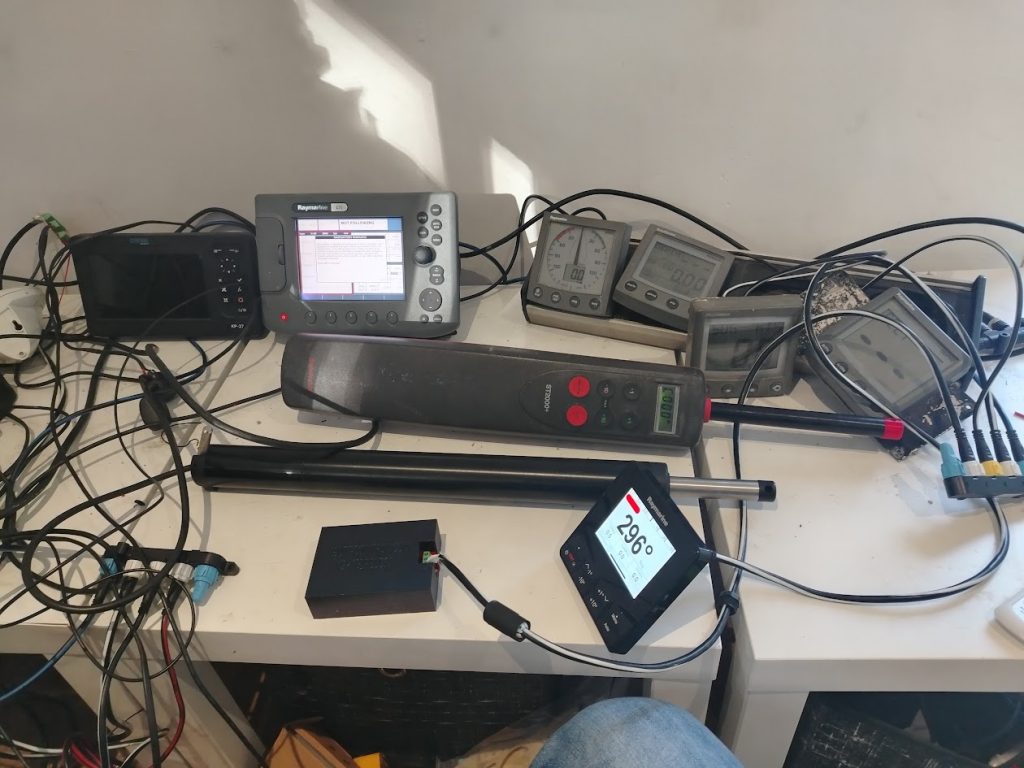

If your boat uses a SeaTalk autopilot (such as the ST1000/ST2000) together with SeaTalk instruments like the ST60 or ST40 series, the choice is simple — the ST Wireless module is designed for you.
Likewise, if your system is built around a Raymarine Evolution (Evo) or other SeaTalk NG autopilot, combined with NMEA 2000 / SeaTalk NG / SimNet instruments, then the N2K Wireless module is the natural fit.
Both systems can interface via the Raymarine SeaTalk-to-SeaTalk NG adapter, where required, ensuring complete compatibility across generations of equipment.
If you have an ST2000 autopilot but also use NMEA 2000 or SimNet instruments and a GPS/chartplotter, either module could work — depending on your wiring preference.
In a less common but still possible setup — for instance, an Evo 1 autopilot paired with older SeaTalk instruments — both modules remain viable.
The Raymarine SeaTalk Converter will handle the necessary translation between networks (SeaTalk ↔ SeaTalk NG / N2K).
If your primary interest is controlling the Evo autopilot and you plan to modernise your instruments in the future, the N2K Wireless is the more future-proof choice, allowing easy expansion into a full NMEA 2000 system later.
| System Type | Recommended Module | Notes |
|---|---|---|
| SeaTalk autopilot with SeaTalk instruments | ST Wireless | Direct integration, no converter required |
| SeaTalk NG / N2K autopilot with N2K instruments | N2K Wireless | Native plug-and-play connection |
| Mixed system (SeaTalk autopilot + N2K instruments) | Either | Use Raymarine adapter to suit connection preference |
| Evo autopilot + legacy SeaTalk instruments | Either (prefer N2K) | N2K module provides better long-term flexibility |
Whether you’re upgrading an older SeaTalk system or adding modern NMEA 2000 instruments, both Nauti-Control Wireless Modules make it simple to bring your network online — enabling wireless autopilot control, data logging, and integration with popular marine apps like Signal K and OpenCPN.
Explore the range and find the right model for your setup today:
👉 View the Nauti-Control ST Wireless and N2K Wireless Modules
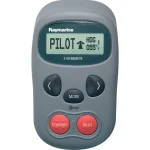
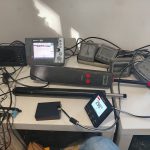
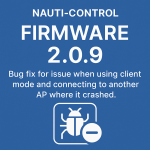
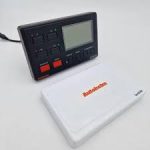
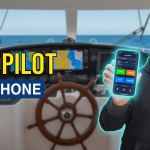
433MHz remote autohelm remote Bluetooth autopilot control boat autopilot update boat electronics boat network data custom remote mapping ESP32 autopilot ESP32 marine controller ESP32 WiFi controller EV100 Remote Control EV300 Remote Controll Firmware Update Man Over Board marine Bluetooth controller marine electronics MOB N2K Nauti-Control firmware update Nauti-Control v2.0.3 Nauti-Control v2.0.4 Nauti-Control Wireless V1 Open CPN OpenMarine radio debugging Raymarine raymarine remote Raymarine SeaTalk Raymarine Simulator Raymarine Tester raymarmine autopilot remote Seatalk Seatalk Emulator Seatalk Remote Seatalk SImulator Seatalk Tester SeaTalk to NMEA 0183 Setup Signal K integration smartwatch autopilot Smartwatch Autopilot App ST Wireless Wear OS sailing app Wear OS smartwatch Wi-Fi autopilot
Leave a Reply
You must be logged in to post a comment.